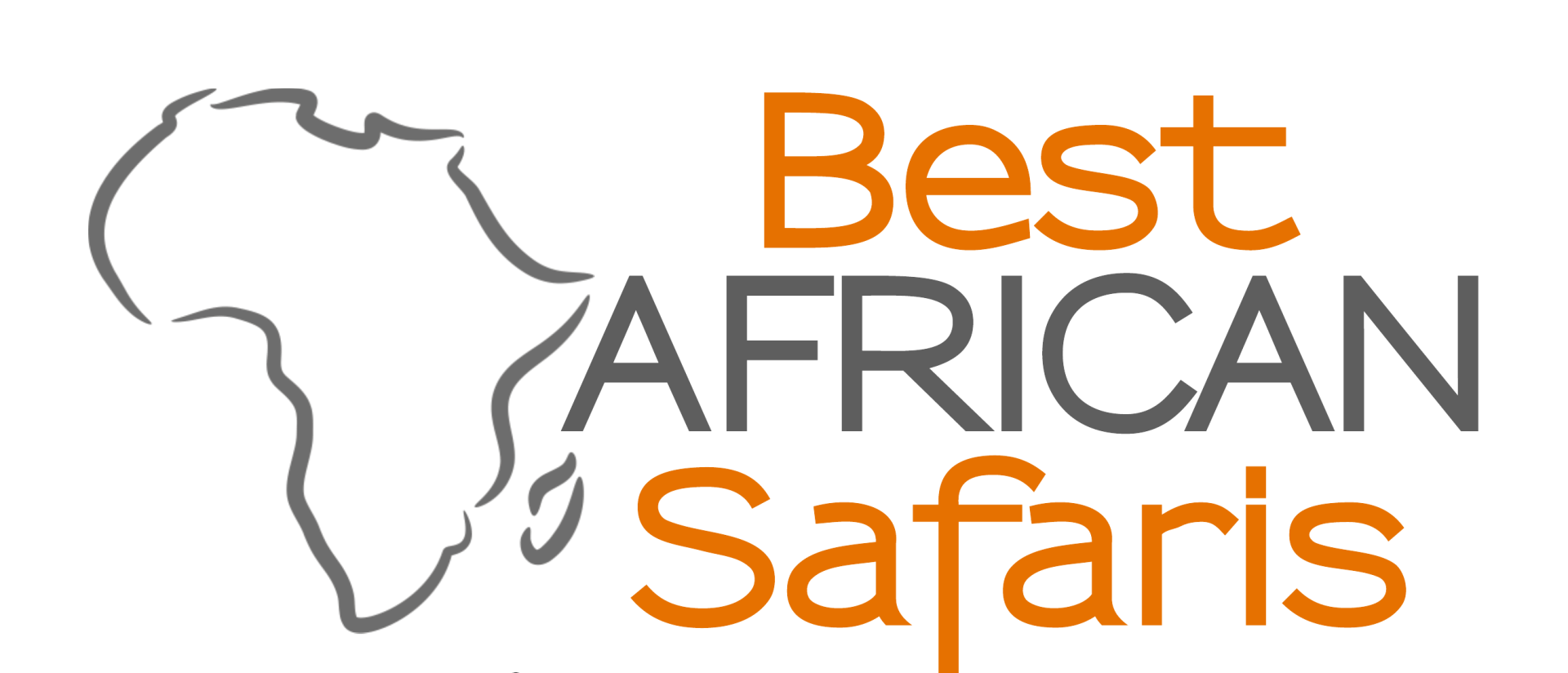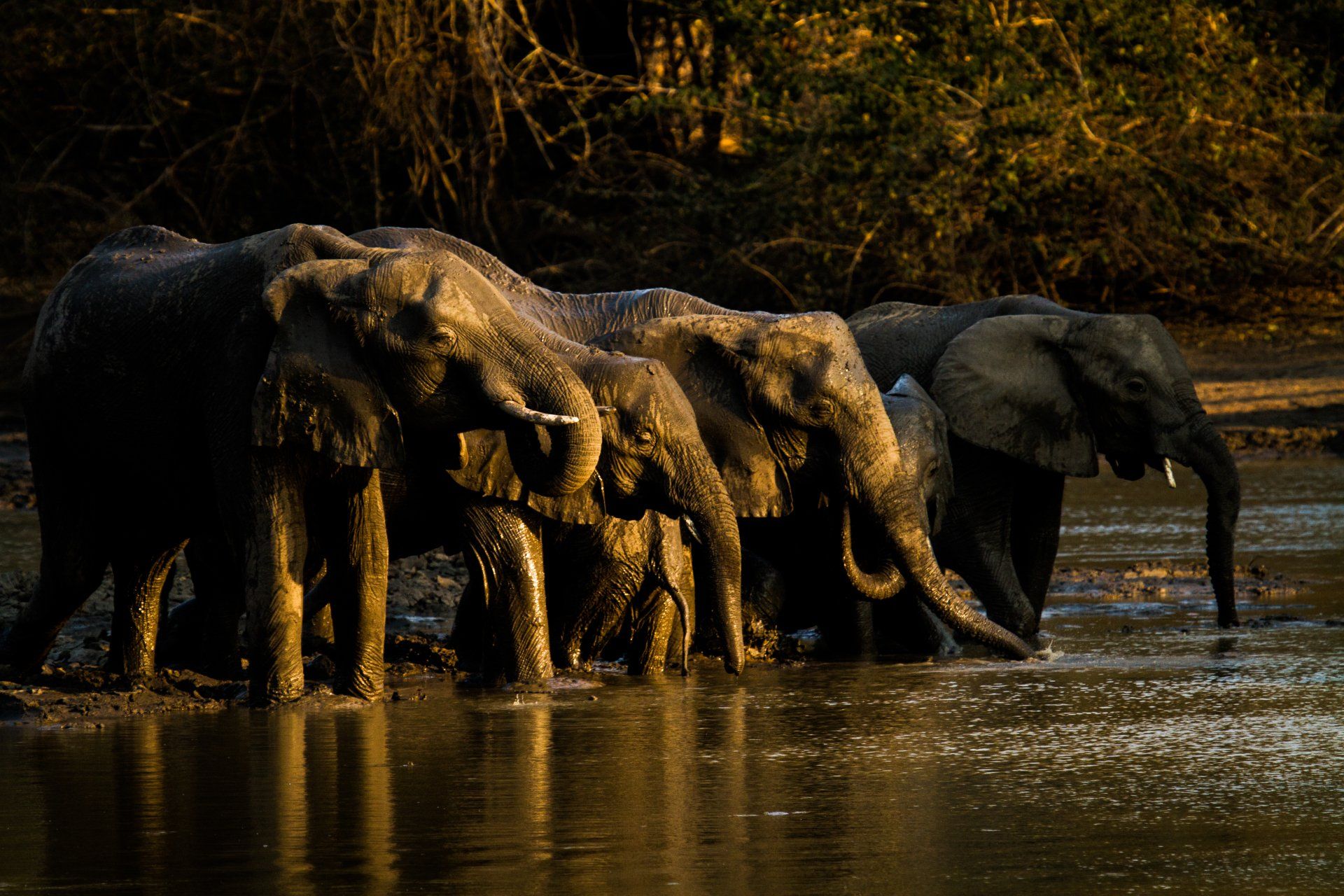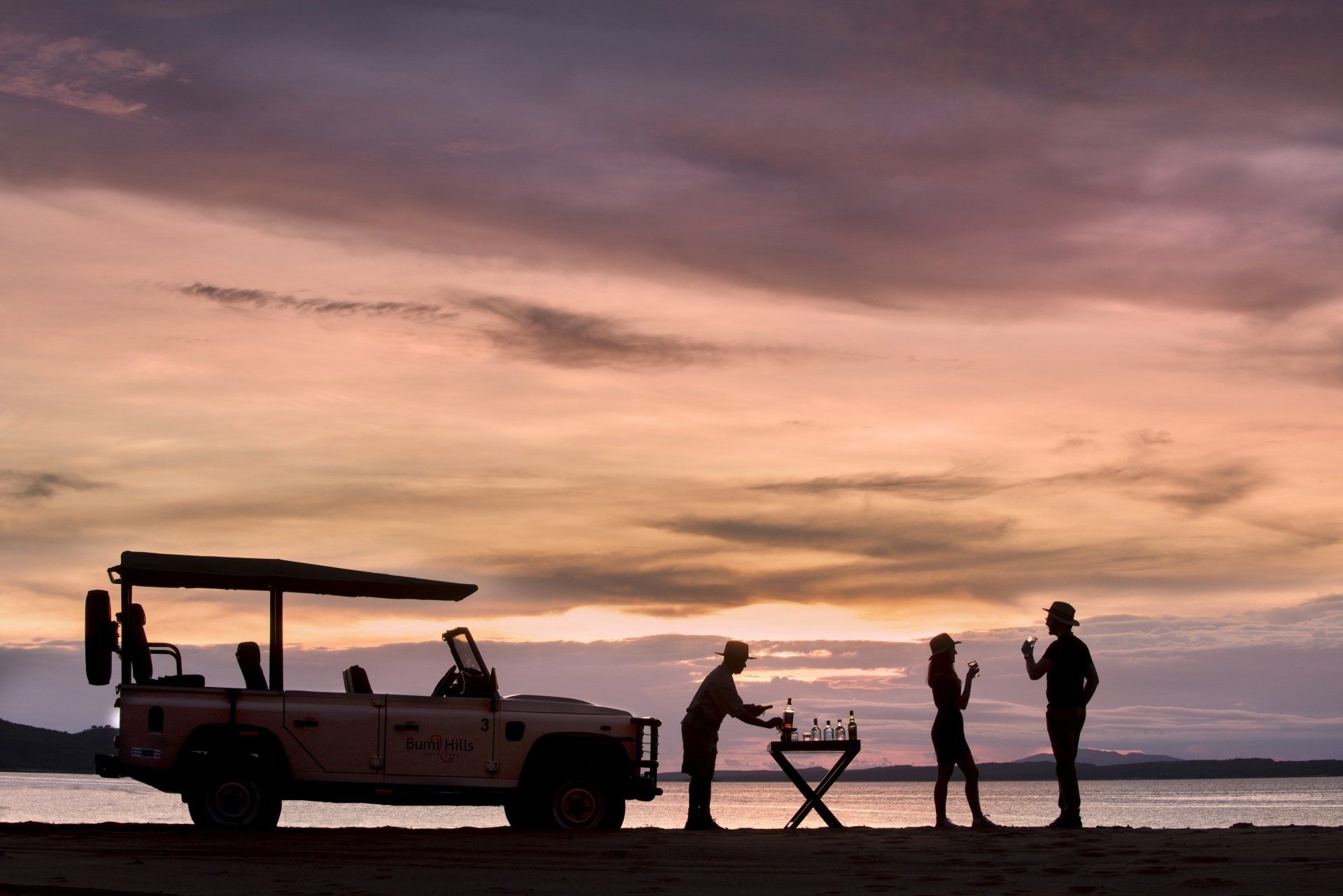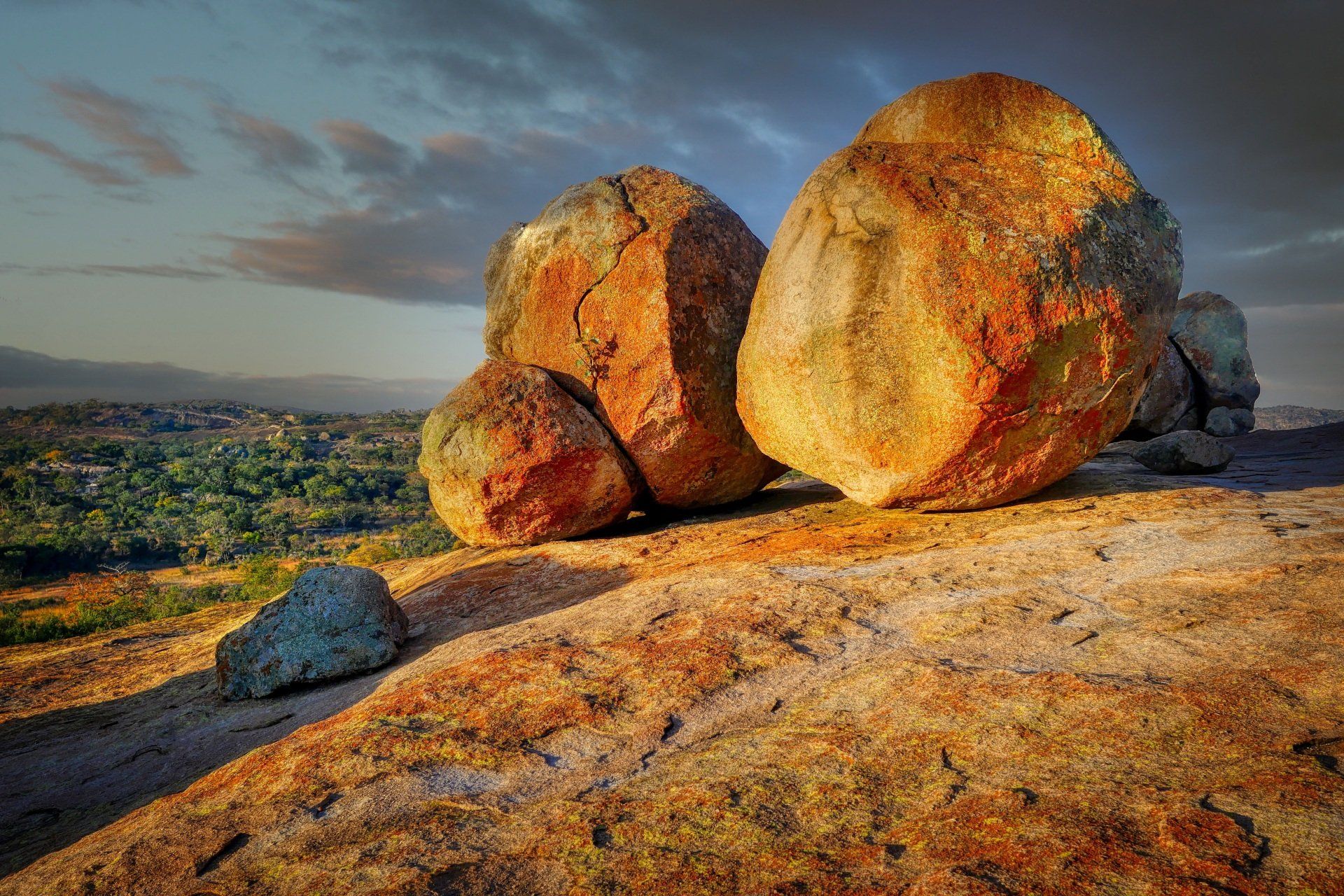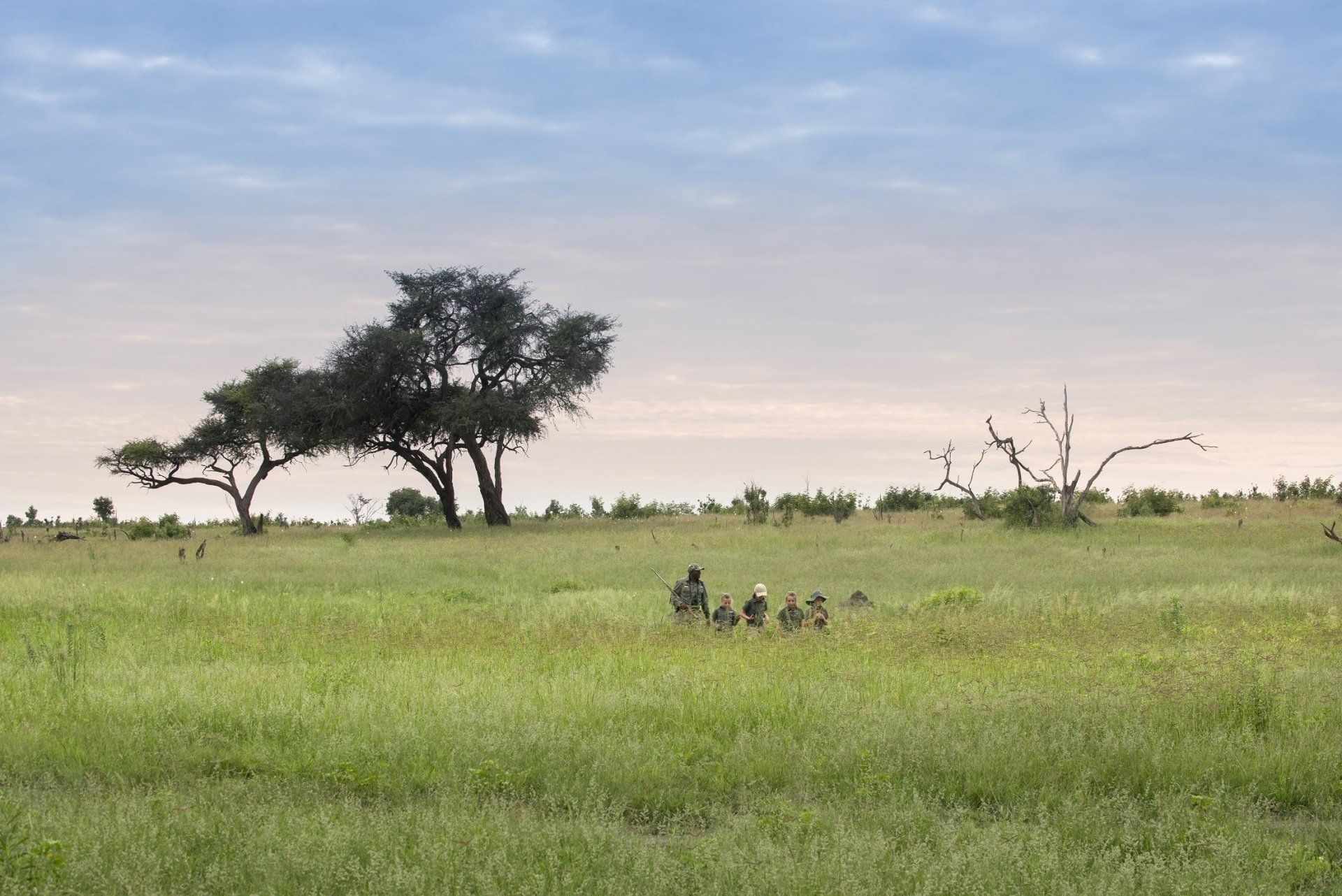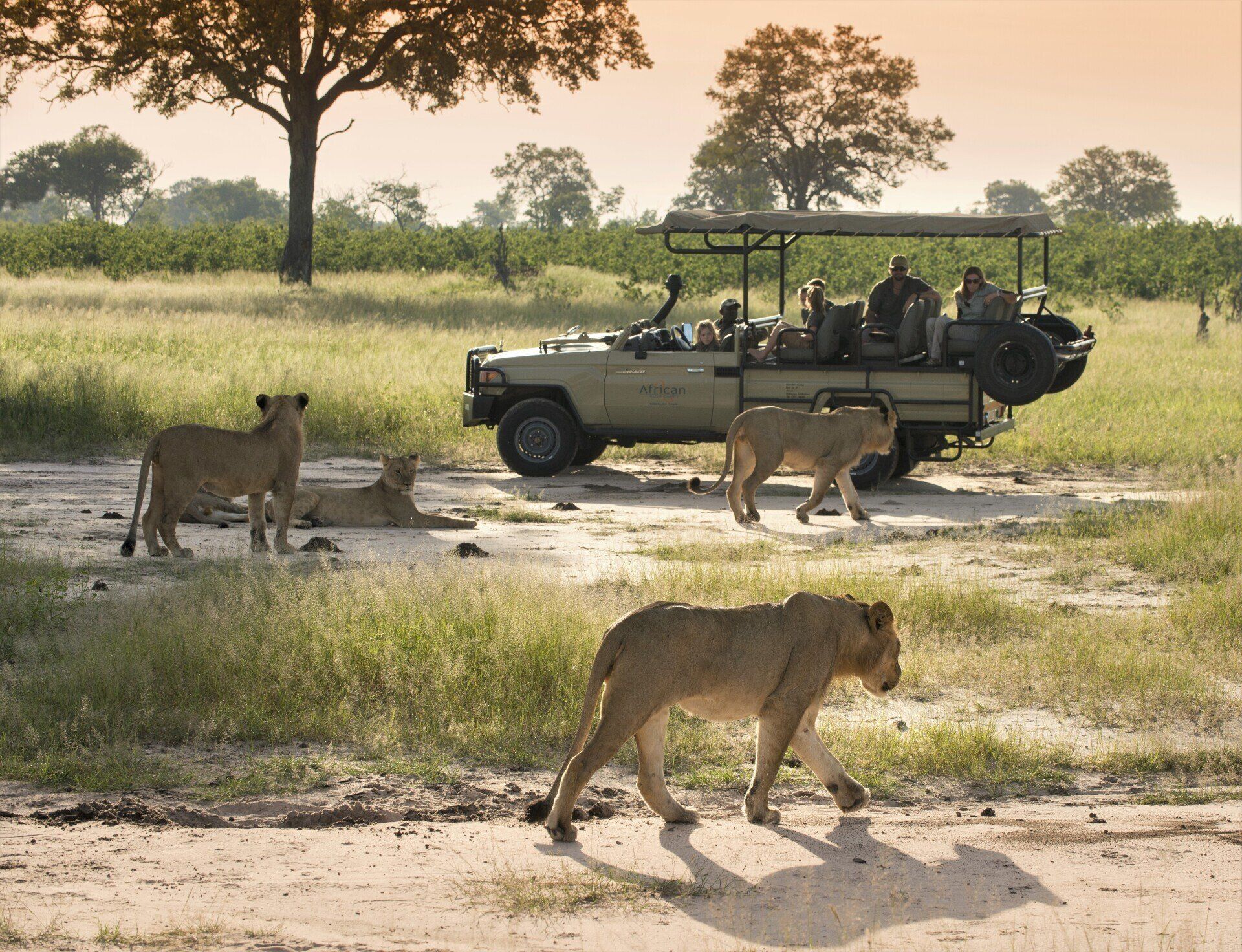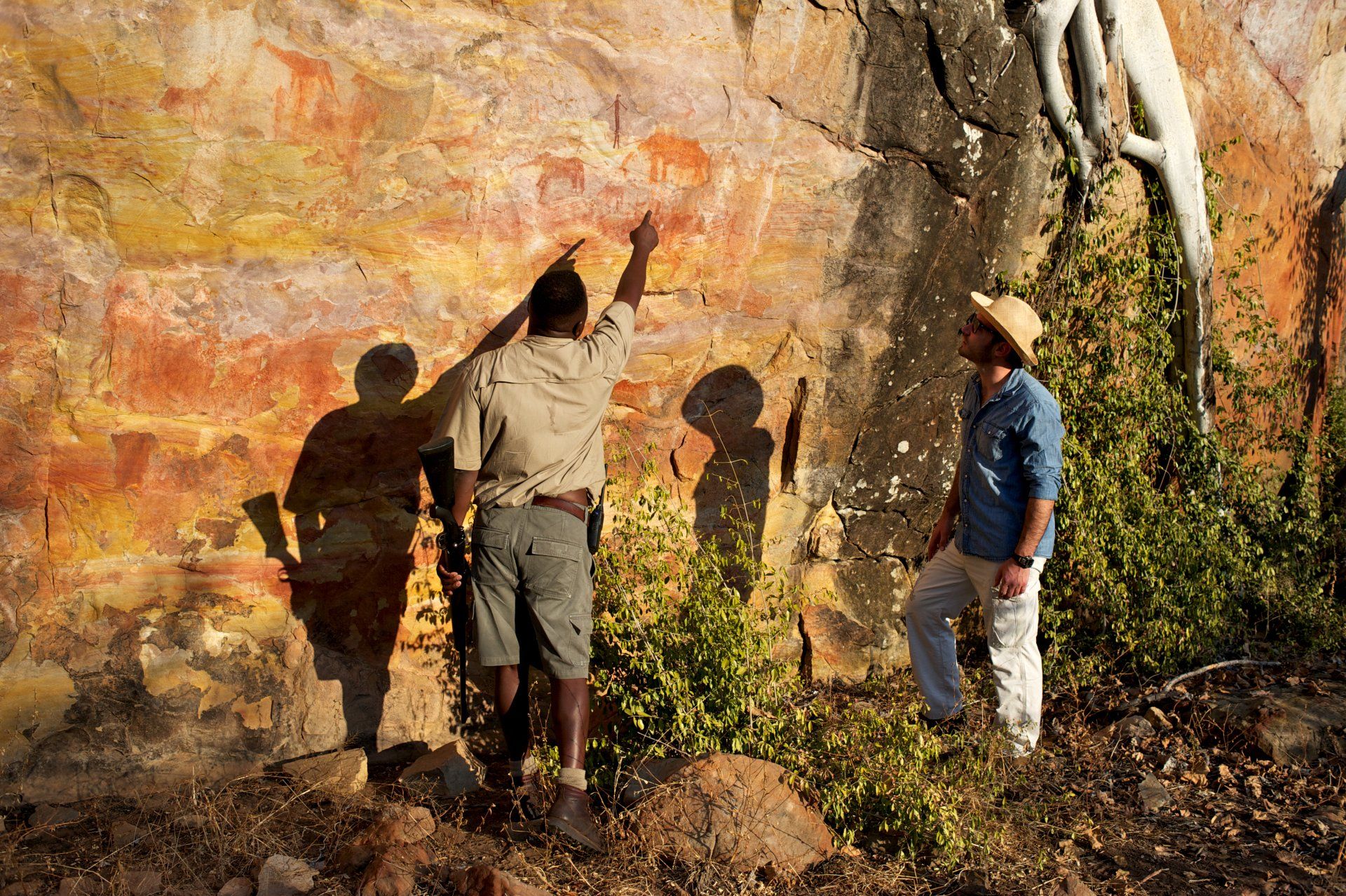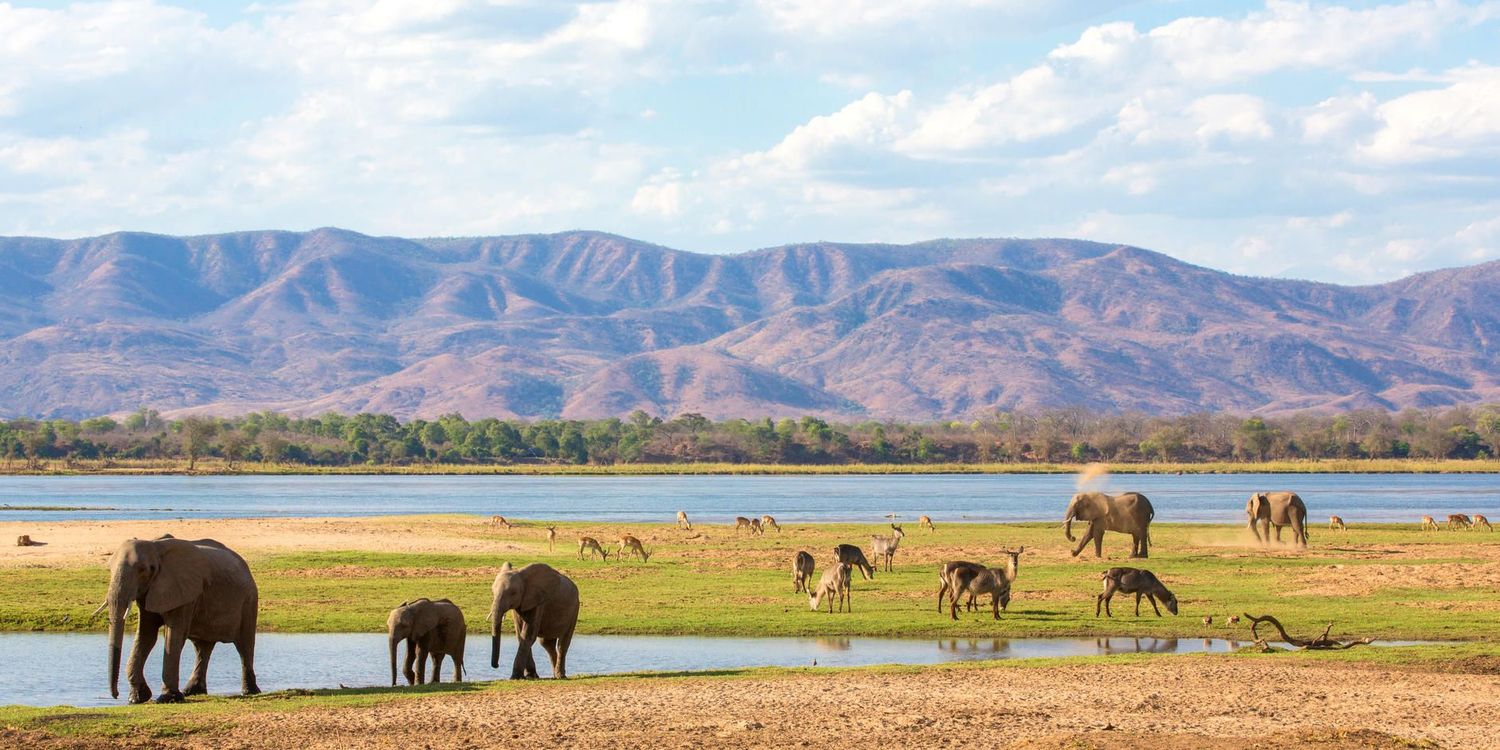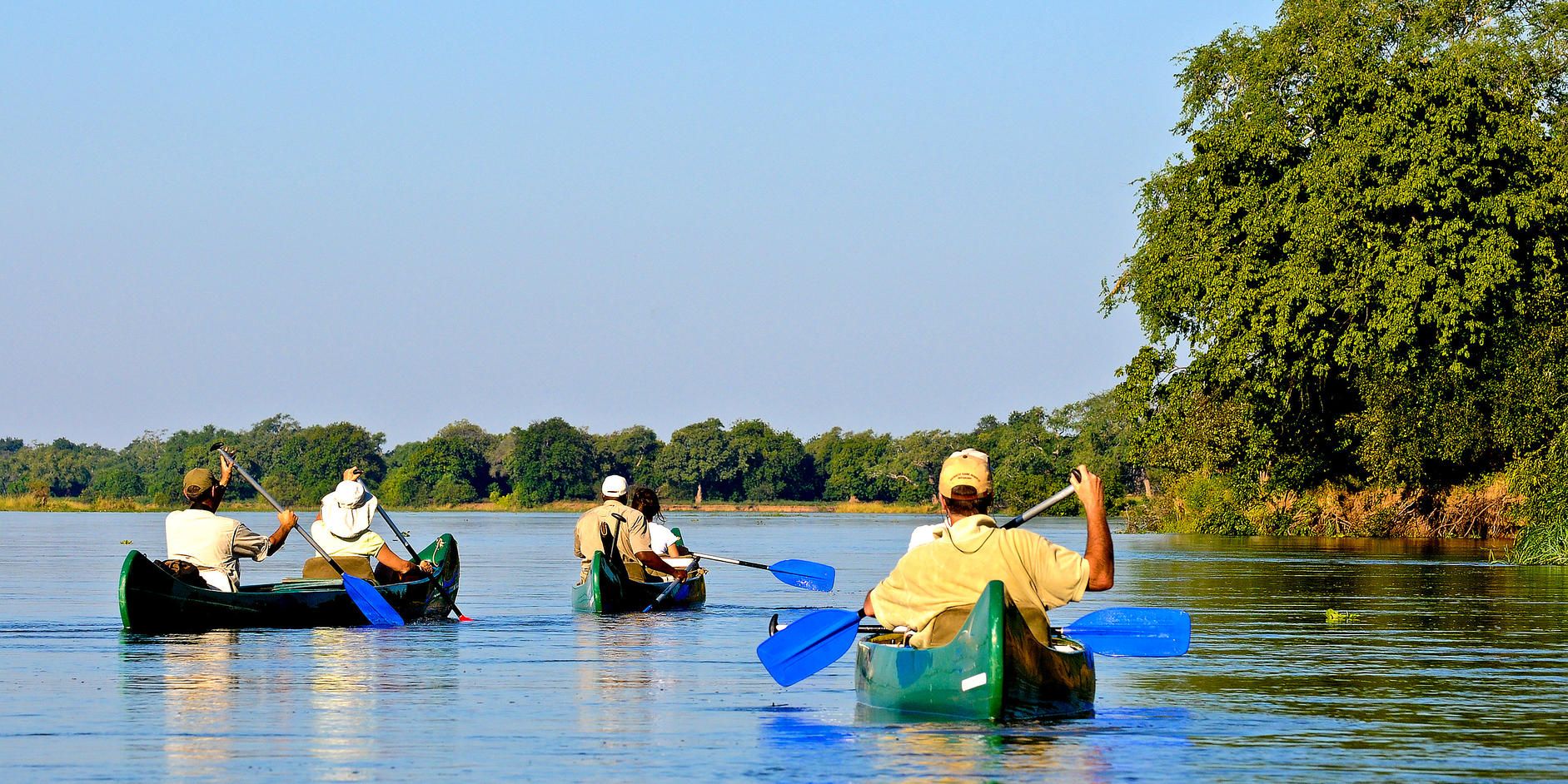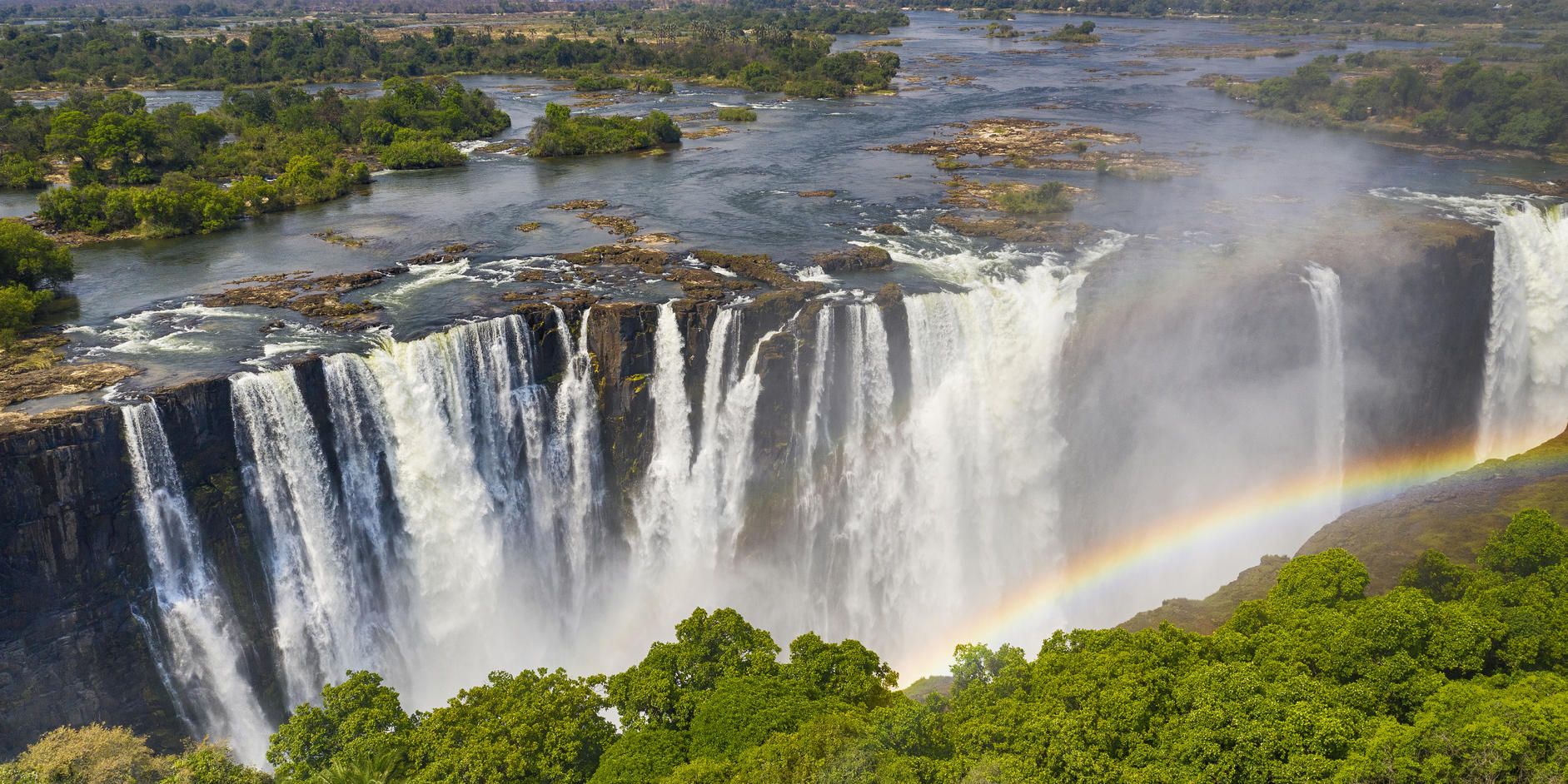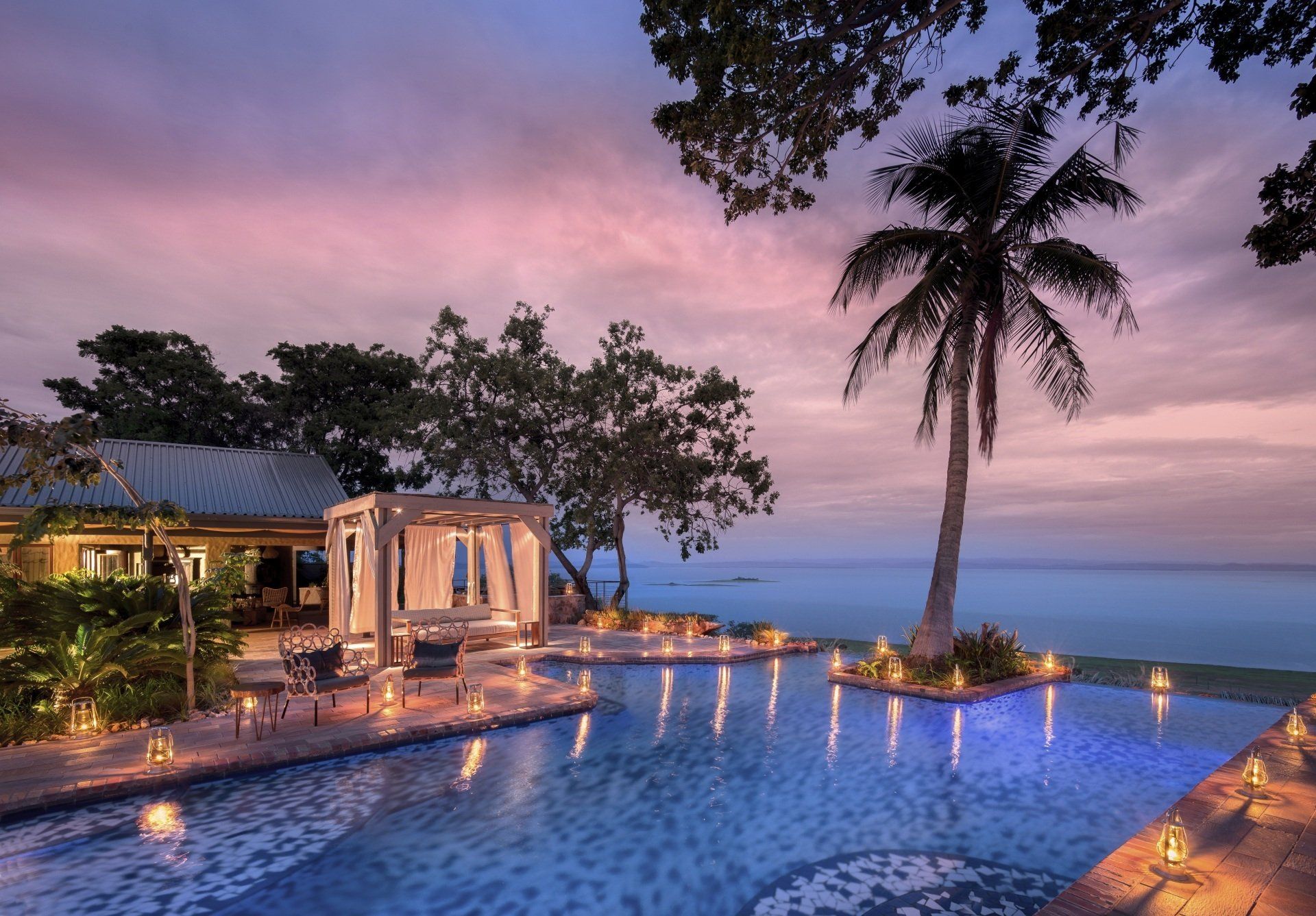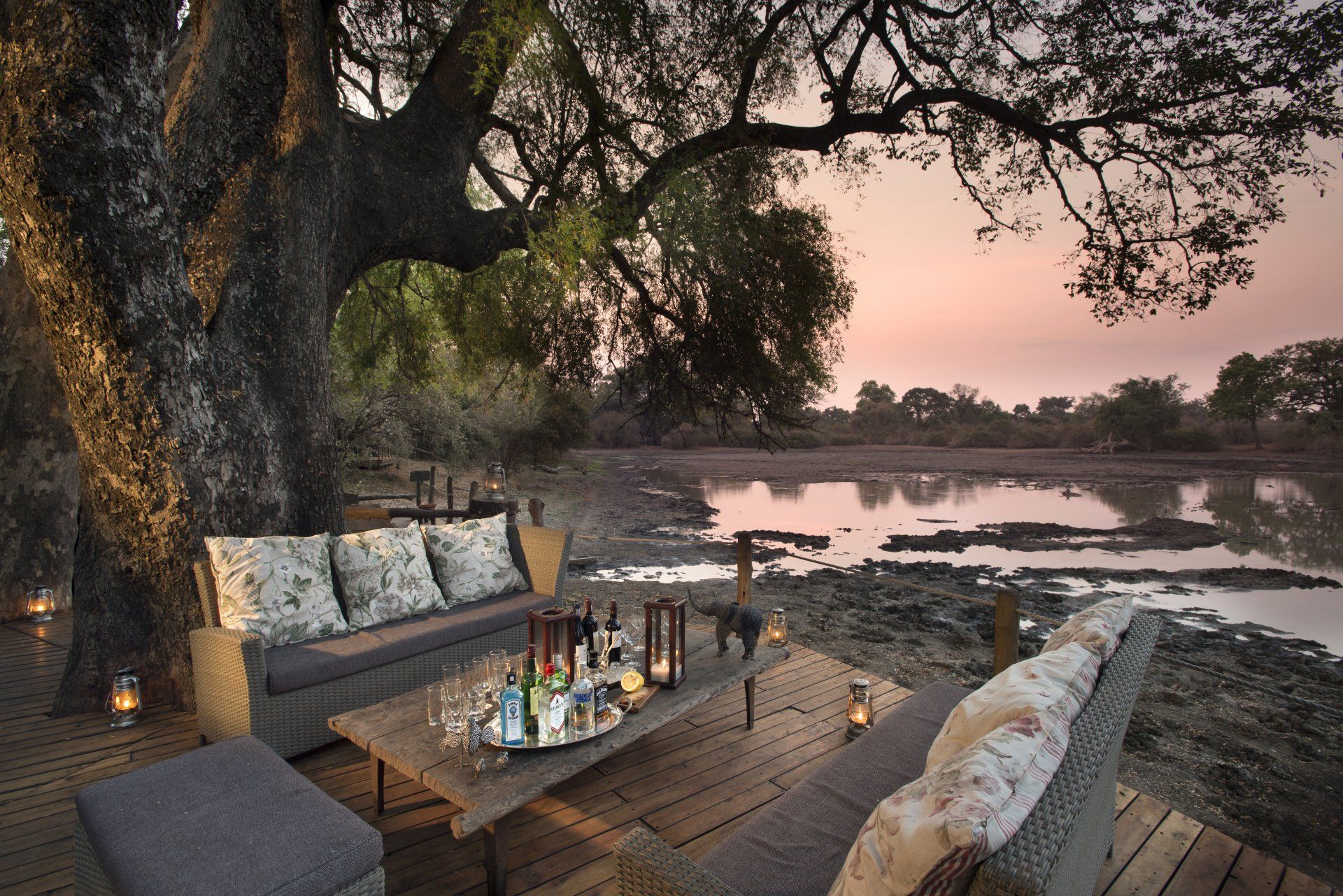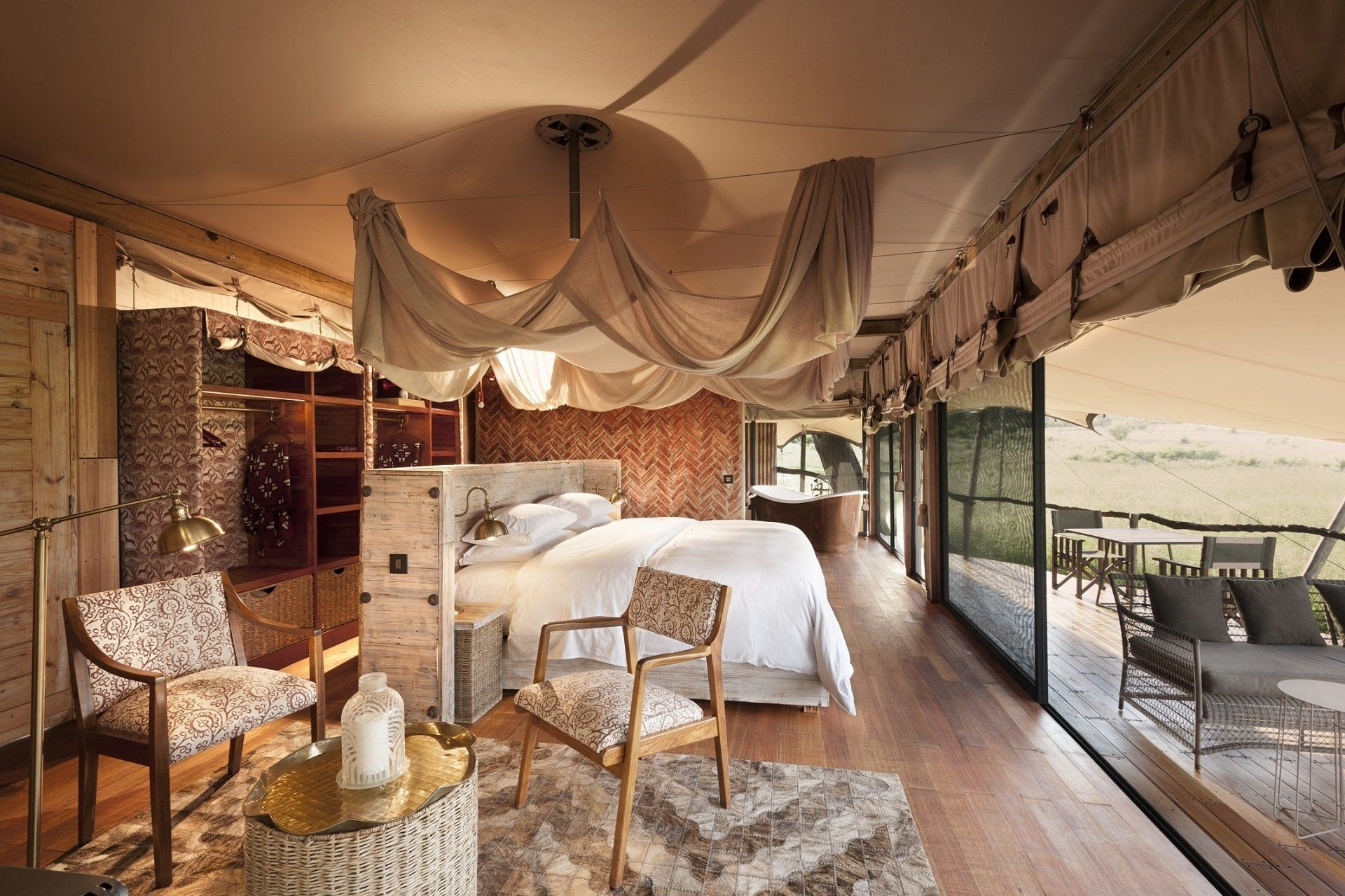Zimbabwe
Welcome to exceptional Zimbabwe!
With its impressive landscapes, incredible national parks and phenomenal wildlife, Zimbabwe is justifiably regarded as one of Southern Africa's best safari destinations. Add to the mix the world's largest falling body of water - the Victoria Falls - and one of the largest man-made lakes on the planet - Lake Kariba - and you have safari "gold"!
From the vast savannahs and rich woodlands of Hwange National Park and the grassy floodplains of Mana Pools to the serene shores of Kariba's Matusadona National Park and the adventure capital of Victoria Falls and its adjacent national park, Zimbabwe has it all. Add to the mix the fascinating towering granite inselbergs and balancing boulders of Matobo National Park and baobabs the size of houses and you know you've found safari heaven!
Zimbabwe is the perfect place for adventure. This is where intrepid travellers can discover dramatic landscapes, incredible wildlife and warm and friendly people combined with a list of activities and superlative encounters with iconic species, as well as two World Heritage Sites. Wedged between two of Africa's best loved rivers - the Zambezi in the north and the Limpopo in the south, Zimbabwe offers some stunning terrain and its position in the baobab belt makes it particularly appealing photographically as these magnificent trees are, quite literally, everywhere.
Safaris take place in some of the most remote and untamed wilderness areas in Africa, home to huge herds of elephants and a plethora of other wildlife species. Its ancient history is fascinating and despite its more recent political instability, it remains one of the most welcoming and magical countries in Southern Africa.
Why Go?
Biodiversity is Zimbabwe's secret superpower! Spread across a variety of impressive terrains, the country's wild fauna and flora are as outstanding as they are varied, making it more than worth the time to explore from top to bottom. Zimbabwe is perfect as a "slow" travel destination where you take the time to explore its nooks and crannies and experience the rich variety of biomes, eco-systems, landscapes and wildlife species.
From wide open savannahs and rainforests to dramatic moonscapes and lush wetlands and everything in between, Zimbabwe is blessed with incredible scenery, some of which is completely unique and all of which is breathtakingly beautiful.
From the broad floodplains of Mana Pools National Park and the Zambezi River in the north to the lush eastern highlands and jaw-dropping outcrops of the Matobo Hills, down to the towering red cliffs of Chilo Gorge and game-rich thickets of Gonarezhou in the south, Zimbabwe is awe-inspiring.
Add to the mix the ruins of an ancient and glorious civilisation that's only just beginning to redefine our understanding of pre-colonial Africa's rich tribal heritage and you begin to understand what makes Zimbabwe so special.
With a wonderful selection of world-class luxury safari camps and lodges on offer, you won't be spoiled for choice when it comes to outstanding accommodation and out-of-this-world safari experiences.
Zimbabwe - Want to find out more?
Tours & Safaris
Speak to us about creating the perfect itinerary for you to Zimbabwe. All of our itineraries are bespoke and tailored to suit both your requirements and your budget. We are happy to advise you on what to include in your itinerary and on the range of accommodation options available to you.
Map
Make use of our convenient and interactive map to explore the suggested hotspots and highlights for your Best African Safaris tour of Zimbabwe!

